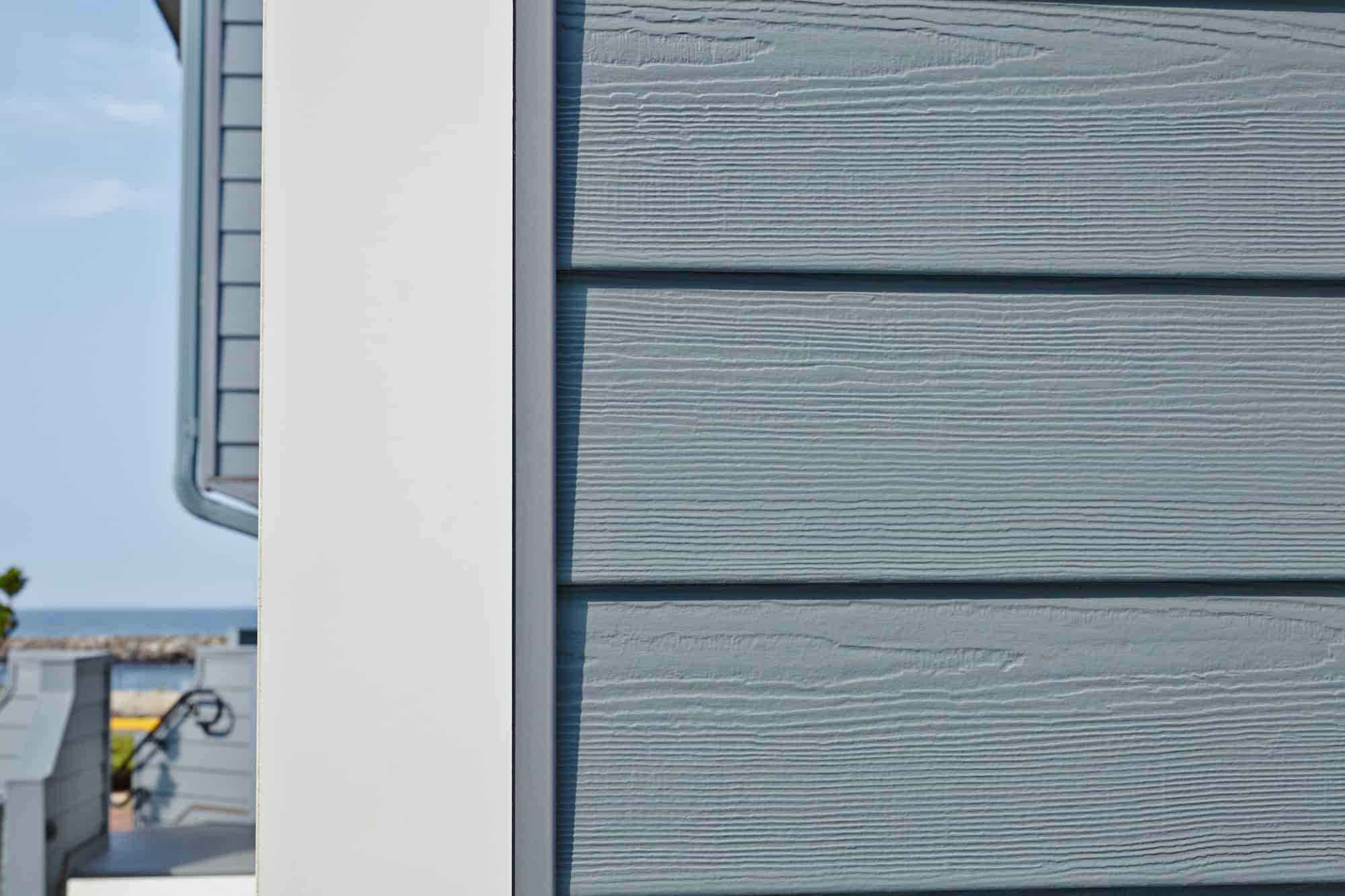Let’s face it – re-siding your home is not in our top 10 things of what we want to spend our hard-earned money on. If you’re like me, I would much rather spend money on a fabulous trip somewhere with warm sand! We get it! However, protecting the largest investment in your life is important! So, how do you know when it’s time?
Here are 9 indicators:
1) Dry rot – if you can “push in” on your siding, this is a good indication that you have dry rot. Sometimes, depending on the type of siding you have, it will be in the siding itself or you can get dry rot in the sheathing.
2) Needing to paint your home more often than the “typical” paint cycle – the typical paint cycle for a home is 7-10 years, depending on your location and weather conditions. If you are needing to paint more often, this is a sign that your siding is beginning to fail.
3) Warped siding – when inspecting your home, if you find boards that are “wavy” or warped, this could be an indication that something is amiss in your sheathing.
4) Loose and/or cracked siding – it’s not unusual to have a loose and/or cracked board here and there and is easy enough to replace. However, if you are finding multiple boards that are loose and/or cracked – this is another indication that the siding is failing.
5) Increased heating/cooling bills – if you find a sudden spike in your bill, you should inspect your roofing and attic first. If all is well there, your siding could be the issue or, your insulation is failing.
6) Mold, water stains, loose wallpaper, or peeling paint inside your home – if you are experiencing any of these issues, failing siding could be the culprit.
7) Holes in your siding – holes in siding are typically caused by insects and larger holes are usually caused by woodpeckers, these holes allow moisture to get in.
8) Mildew, mold, and fungus – any type of growth on the outside of your home, particularly in the seem causes concerns that water is pooling. Here in the Northwest, mold on the north wall is typical, however, it requires deeper investigation to be sure it is just on the outside of the siding.
9) Bubbling – bubbles under your siding are an indication that water is trapped under the siding and is a huge red flag.
If you are experiencing any of the above or have questions, Valley Roofing is here to help! We offer free inspections and free estimates!



